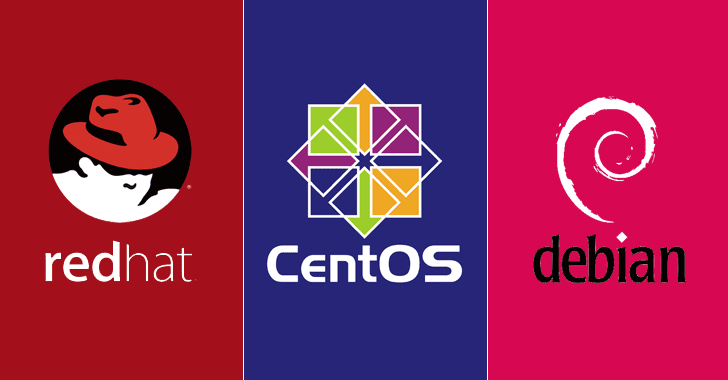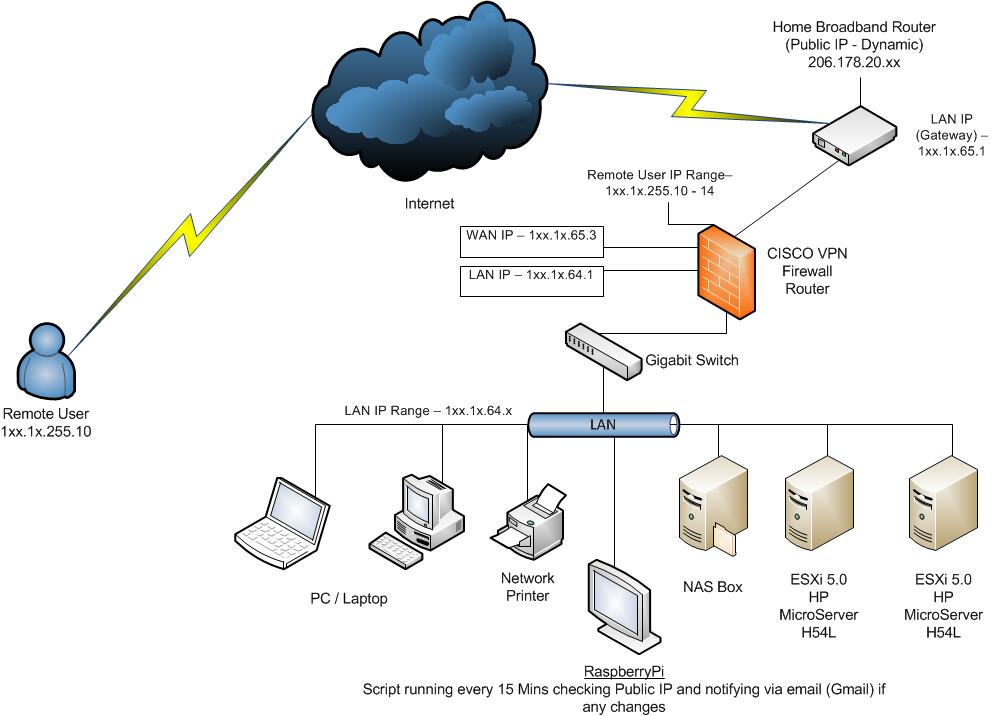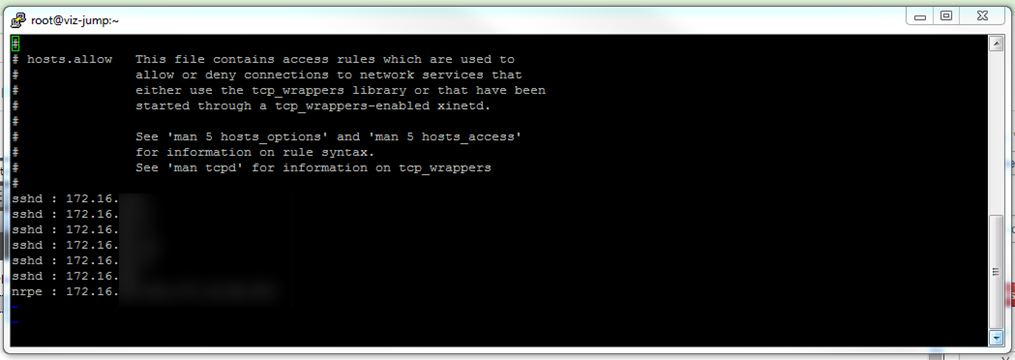This article will guide you through generating and signing a CSR and at the same time including SubjectAltName within the request. There is a requirement within all latest browsers that the website cert needs to have a SAN otherwise it...


This article will guide you through generating and signing a CSR and at the same time including SubjectAltName within the request. There is a requirement within all latest browsers that the website cert needs to have a SAN otherwise it...

This article will guide you on installing/setup of WebPasswordsafe v1.3 (WPS) on CentOS7/RHEL7. This is a Password safe vault/manager which has got many enterprise features which includes but not limited to authentication via RSA token...

This article will guide you through Enabling https on WebPasswordSafe v1.3. The assumption is that you already have a 100% working WebPasswordsafe setup in-place. If you don't, then you can follow this article for Setup of WebPasswordSafe...

This article will guide through installing MariaDB server and its configuration on CentOS7/RHEL7. The assumption for this article is that you are using a clean build of CentOS7. Let's start with setting up the repo for MariaDB. Go ahead...

When dealing with signed certs the usual practise is to validate it with the private key. This command will allow you to verify the signed cert matches the private key generated during CSR (Certficate Signing Request) request. Run the...

This article will show you how to generate a CSR request and get it signed on a linux CA (CentOS/Red Hat). Follow this link if you have not already installed and configured CA server. We can run the below command to generate the CSR...

Setting up a Linux CA server is quick and easy and is a direct replacement for Microsoft CA. This article applies to both CentOS/Red Hat 6.x and 7.x versions. Let's start with installing the required packages for the CA server setup....

SED is a very powerful utility which allows find and replace/insert text functionality. It should be used with Caution and is recommended to use dry-run before committing the changes. Below are the various commands for text manipulation....

There are instances wherein you want to generate random passwords for setting up credentials. There is a very simple random password generator in-built into Linux. Just run the below command. # cat /dev/urandom | tr -dc 'a-zA-Z0-9' | fold...

To generate a SHA256 certficate in linux all you need to do is run this openssl command and you will be ready with a PCI compliant cert. This is a standard requirement nowadays in any PCI compliant environment. This is implemented with...

This a very useful One liner command to insert IP and hostname into /etc/hosts file and is particularly useful when it comes to kickstart scripts wherein you need to have /etc/hosts entry for the newly provisioned VM and get it enrolled...

Its possible to use awk in Alias command. I did that by simply just modifying some parenthesis and there you go, had a working awk command. All that it required was closing awk in double quotes as opposed to single quotes and forward...

Its possible to run a script via Alias command. All you need is to modify the .bashrc and then source the script in the required user profile. Alias commands are very useful when it comes to running shortened versions of commands or a...

This article will guide you on creating a custom Self-signed SSL Certificate in no time. For creating one you would need top have Root access to the host. SSL Certificate is used for securing the access to a website or any apache based...

This guide is for configuring dual instances of ssh on a single server and bind them to seprate NIC's/Interfaces/Ethernet ports. Usually this is required in DEV and Prod environments wherein you need additional security and separation of...

This article will show you how to Telnet via BASH script and return the status as open or close. This has been tested on CentOS/RedHat and hopefully should work on all other Linux distributions as well. Create a file telnet_script.sh....

I wanted to share my experience building a ESXi HOME LAB with VPN access that can be used for development and testing purposes and also making sure its the most energy efficient setup and light on your pocket coupled with good performance...

Showing Line numbers in Vi /Vim Text editor would be very helpful when it comes to troubleshooting code errors in a file. This works on almost all Linux/UNIX distributions. Once you are in the edit file mode, Type while in edit mode ":set...

Reducing LVM disk size is possible using lvreduce on the fly without a reboot. Make sure that data is backed up for the disk to be resized so that FREE space can be reused. LVM (Logical Volume Management) is very efficient when it comes...

Its now possible to extend LVM disk/partition to more than 2TB that too without using Parted, GPT or Kernel editing.After doing lots of Googling and not a single article explaining about extending LVM volume without GPT, I came up with...